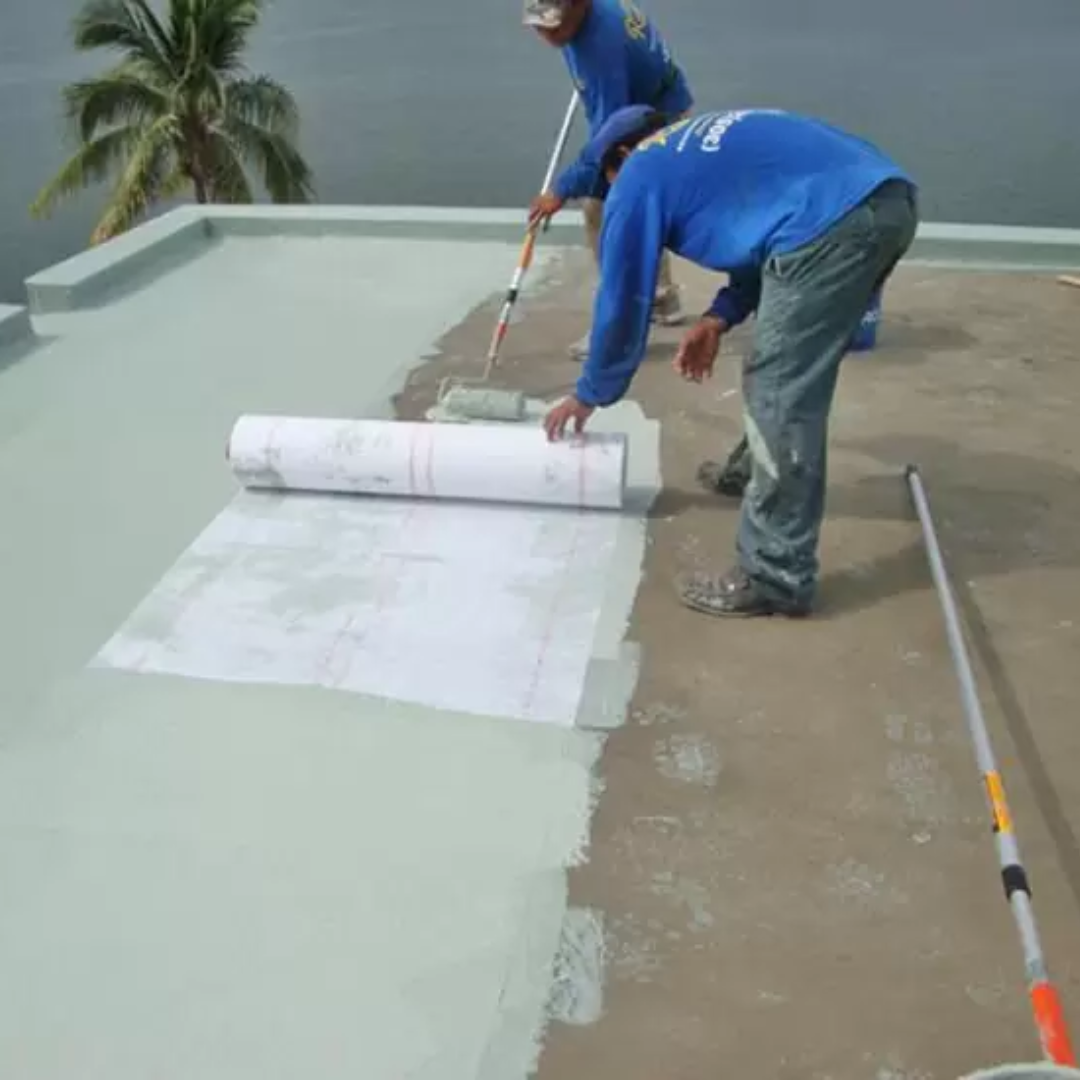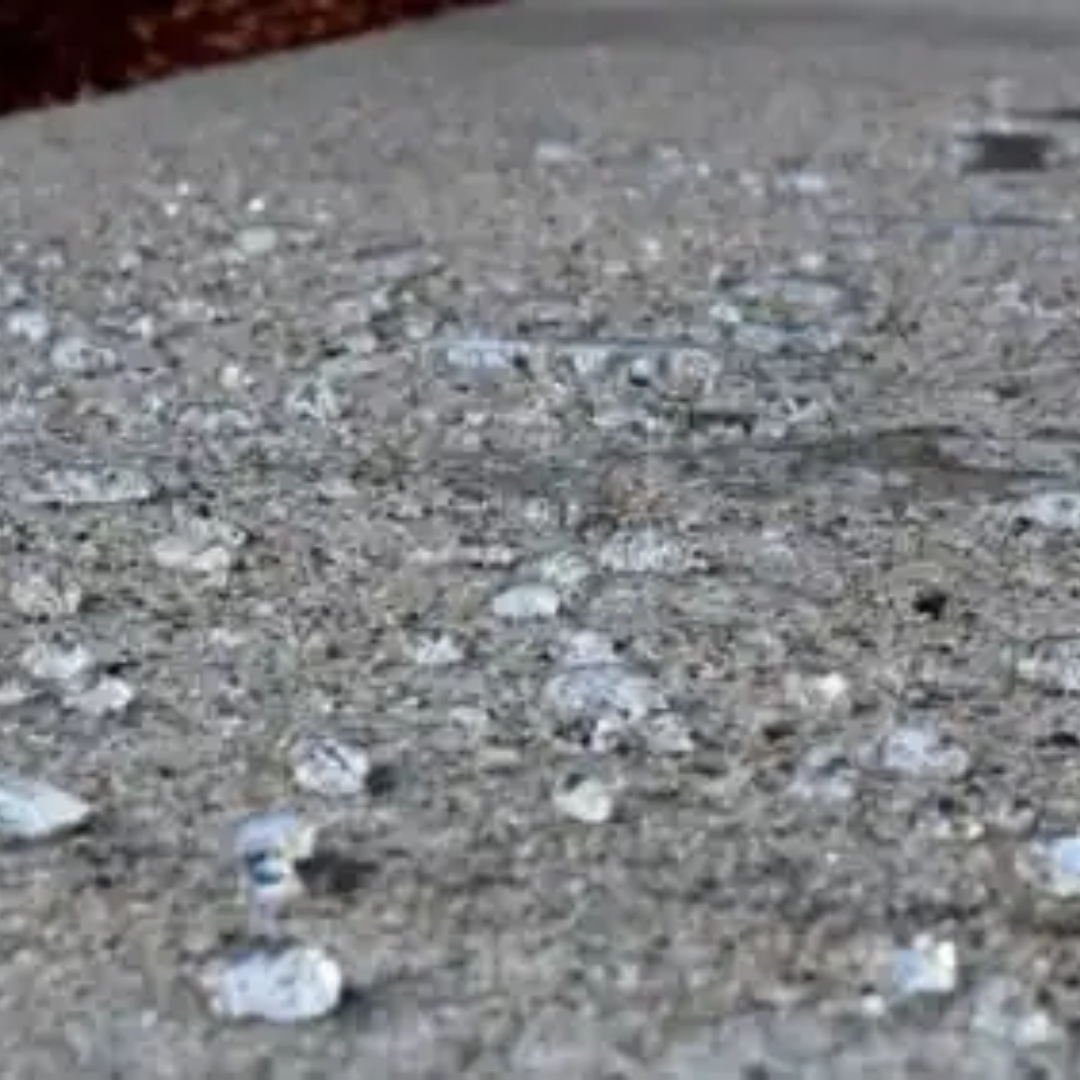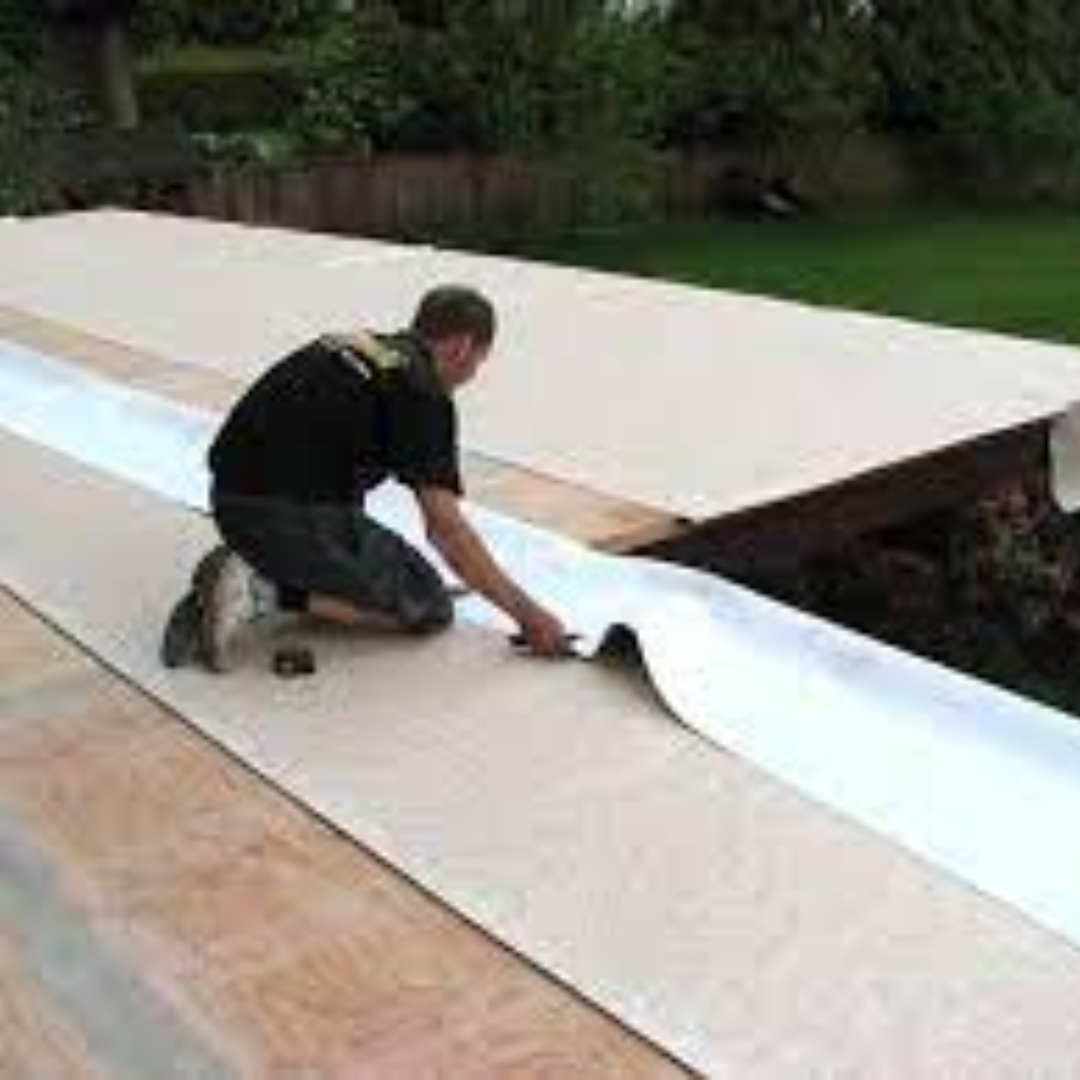Heat Proofing Membranes: Membranes used to waterproof and insulate against heat.
Heat-Resistant Tapes: Tapes that maintain adhesion and integrity under high temperatures.
Aluminum Foil Heat Proofing: Aluminum foil layers to reflect and resist heat.
Ceramic Heat Proofing Paint: Ceramic-based paint for surfaces exposed to extreme heat.
Heat-Resistant Coatings: Coatings that endure high temperatures without degrading.
Radiant Barrier Foil: Reflective foil that blocks radiant heat, often used in attics.
Insulation Boards: Rigid boards with high thermal resistance for insulating walls and roofs.
Reflective Heat Proofing Paint: Reflects heat away from surfaces, reducing heat absorption and keeping spaces cooler.
Cavity Drain Membrane Waterproofing: Creates a barrier to divert water away from structures.
Expansion Joint Waterproofing: Provides watertight protection for expansion joints.
Tile Waterproofing: Ensures tiles are properly sealed to prevent water infiltration.
Swimming Pool Waterproofing: Ensures pools are watertight and protected.
Interior Wall Waterproofing: Protects interior walls from moisture damage.
Exterior Wall Waterproofing: Shields building exteriors from water penetration.
Wood Sealers and Waterproofers: Protects wood surfaces from water damage.
Concrete Admixtures Waterproofing: Additives mixed with concrete to prevent water infiltration.
SBS Modified Bitumen Waterproofing: Combines bitumen with modifiers for enhanced performance.
Butyl Rubber Waterproofing: Provides excellent water resistance and flexibility.
Torch-Applied Waterproofing: Uses heat to melt and bond waterproofing material.
Liquid Rubber Waterproofing: Rubber-based coating for versatile waterproofing.
Polyethylene Waterproofing: A thermoplastic material that provides an effective barrier.
Crystalline Waterproofing: Waterproofing that penetrates and seals concrete.
Rubberized Asphalt Waterproofing: Asphalt combined with rubber for flexibility.
Plastic Sheet Waterproofing: Polyethylene and PVC sheets for protection.




















































